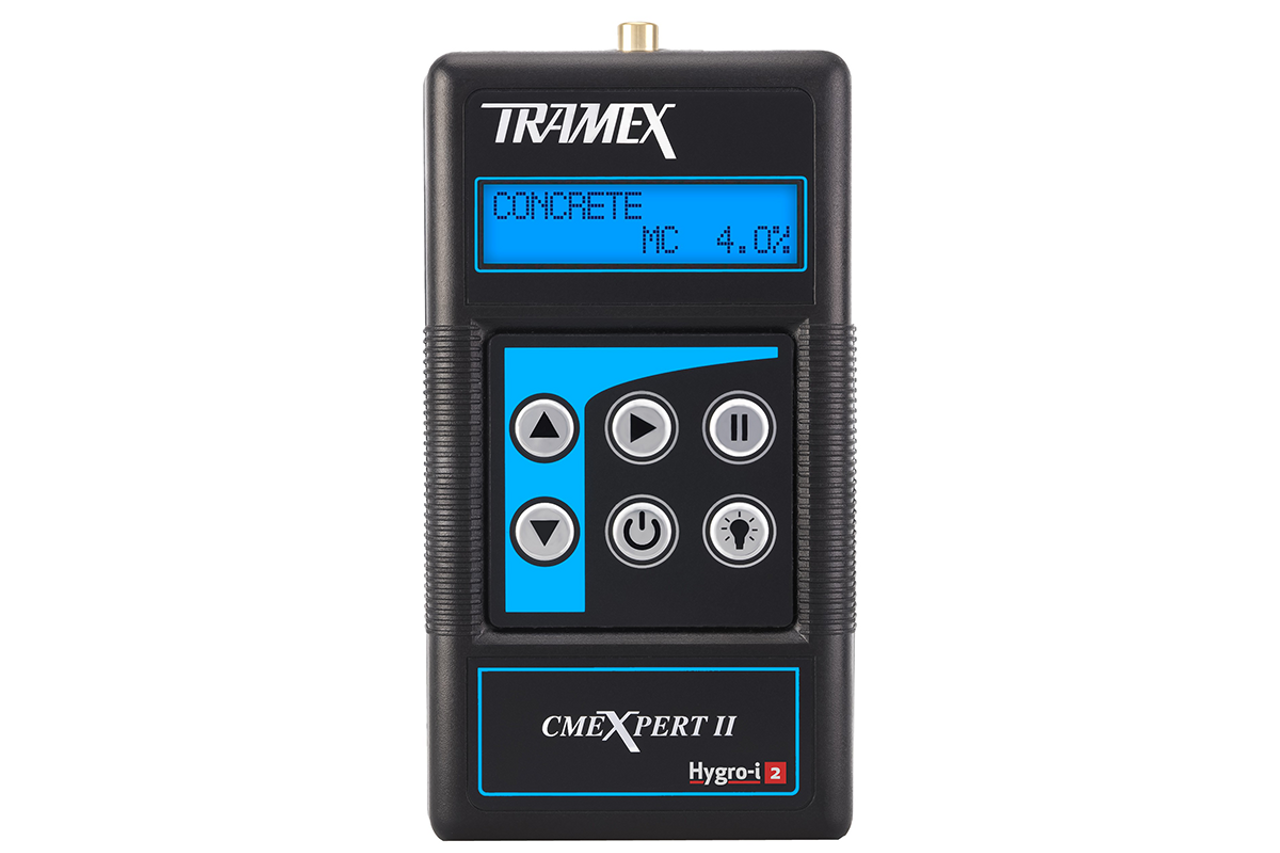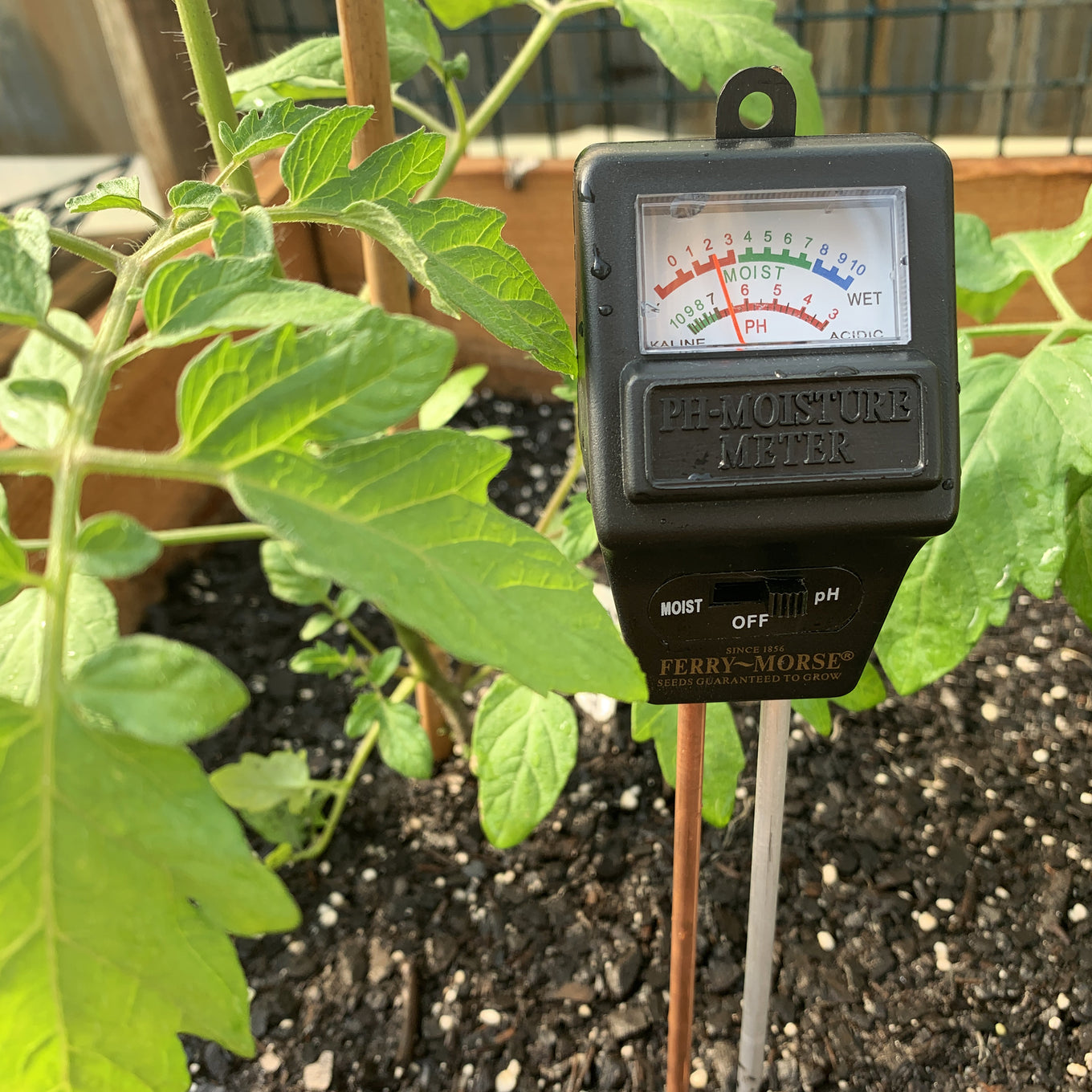Just how to Utilize a Moisture Meter to Discover Hidden Water Damages in Your Residential property
Just how to Utilize a Moisture Meter to Discover Hidden Water Damages in Your Residential property
Blog Article
Delve Into the World of Moisture Meters: Whatever You Need to Know
In the realm of wetness meters exists a world of accuracy and practicality that often goes unnoticed. Recognizing exactly how moisture meters operate, the different types offered, and their diverse uses can drop light on their value in making sure high quality and effectiveness.
Exactly How Moisture Meters Work
Moisture meters operate by determining the electric conductivity or capacitance of materials to determine the moisture content present. These meters are vital tools across different industries, including woodworking, building and construction, and farming. By making use of different approaches such as pinless or pin-type modern technology, wetness meters give accurate analyses that assist specialists make notified decisions.
Pin-type wetness meters function by placing the sharp pins into the product being examined. The electric conductivity in between the pins is then determined, with higher wetness levels resulting in raised conductivity. Moisture Meter. On the other hand, pinless moisture meters make use of electro-magnetic signals to scan a larger area without causing any type of damages to the material's surface. These meters are perfect for quickly analyzing moisture levels in huge areas or completed products.
Despite the approach utilized, dampness meters play a vital duty in avoiding issues such as mold growth, architectural damage, or product defects triggered by excess moisture. Recognizing exactly how these meters work is necessary for making sure the top quality and stability of materials in various applications.
Sorts Of Moisture Meters
Provided the critical role wetness meters play in various industries, it is important to comprehend the various kinds available to professionals for properly examining dampness degrees - Moisture Meter. There are mainly two major sorts of dampness meters: pinless and pin-type dampness meters

On the other hand, pinless dampness meters utilize electromagnetic sensing unit plates to scan a bigger area of the product without causing any damage. This type is ideal for quickly scanning huge locations and is generally used for flooring, wall surfaces, and ceilings. Pinless meters are convenient for taking analyses on completed surfaces without leaving any noticeable marks.
Both kinds of dampness meters have their benefits and are chosen based upon the details demands of the work handy. Understanding the distinctions in between these kinds is essential for professionals to make precise dampness analyses.
Applications Throughout Industries
With varied performances, moisture meters find prevalent application across different industries, assisting professionals in making certain ideal problems for frameworks and products. In the agriculture sector, dampness meters are very useful for determining the dampness web content in grains, seeds, and hay, making sure quality control and stopping mold growth. Building and construction specialists depend on wetness meters to evaluate the moisture degrees in structure products like wood, concrete, and drywall, which is important for preserving structural honesty and stopping concerns like rot or mold. The flooring sector makes use of dampness meters to measure the dampness web content in subfloors before mounting various flooring coverings, stopping costly damages due to excess dampness. In the food sector, wetness meters are utilized to check and control moisture levels in items such as grains, nuts, and dried fruits to keep quality and quality. In addition, moisture meters play an important function in the repair and damage evaluation industry by assisting professionals recognize and click here now deal with water damage in structures immediately. Across these varied industries, moisture meters are crucial tools for making certain the high quality, security, and long life of various products and products.
Tips for Using Moisture Meters
Use the wetness meter's calibration settings to guarantee exact analyses when measuring the dampness content in different materials. In addition, make certain the meter is set to the proper moisture variety for the material you are measuring to acquire the most exact outcomes.
When using a pin-type dampness meter, place the visit the site pins to the ideal depth advised for the product being tested. This ensures that the dampness analyses are drawn from the appropriate deepness within the material, supplying an extra exact representation of its dampness content. For pinless moisture meters, bear in mind to preserve correct call with the material's surface area to obtain trustworthy readings.
On a regular basis examine and replace the batteries in your dampness meter to protect against unreliable readings due to low power. When not in usage to prolong its lifespan and preserve its accuracy, Store the meter in a safe and completely dry area. By complying with these tips, you can take full advantage of the efficiency of your moisture meter and get specific moisture material dimensions across various materials.
Maintenance and Calibration
To ensure the precision of wetness web content dimensions, normal maintenance and calibration of the dampness meter are essential actions in its appropriate performance. Calibration readjusts the dampness meter to make certain that it offers regular and trustworthy outcomes.
Calibration needs to be done periodically, particularly if the dampness meter is made use of frequently or in vital applications where precise measurements are called for. By preserving and adjusting the moisture meter on go to these guys a regular basis, users can rely on the accuracy of the dampness material measurements obtained.
Conclusion

To conclude, wetness meters play a vital duty in various industries by accurately determining the moisture material of materials. Comprehending how these gadgets work, the various kinds readily available, and appropriate upkeep and calibration are necessary for obtaining trusted results. Whether in farming, production, or construction, using moisture meters helps guarantee high quality control and performance in processes.

In verdict, wetness meters play an essential role in various markets by precisely gauging the dampness content of materials.
Report this page